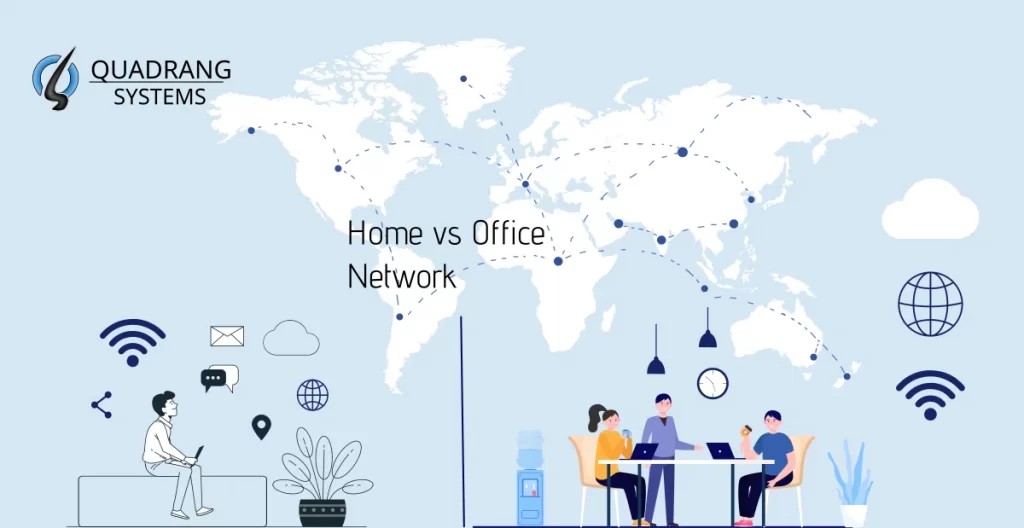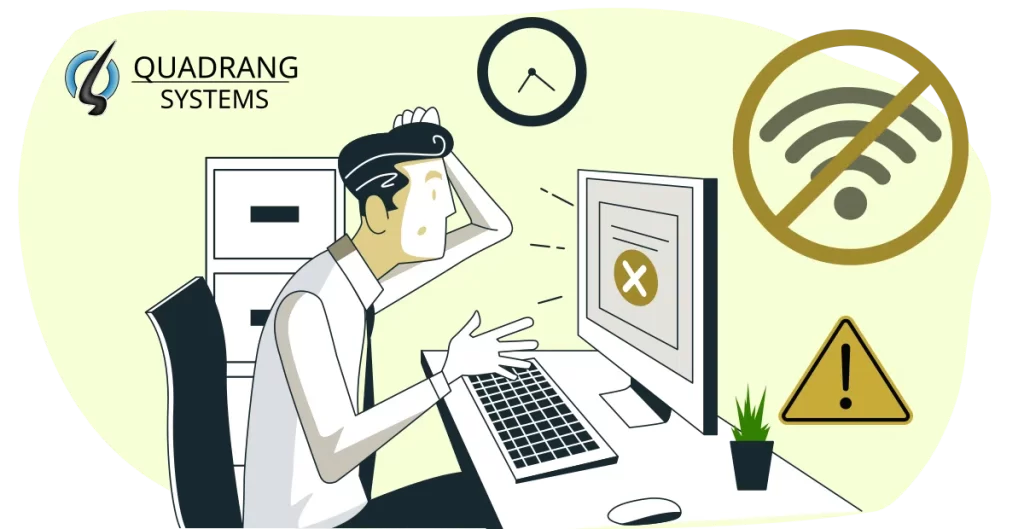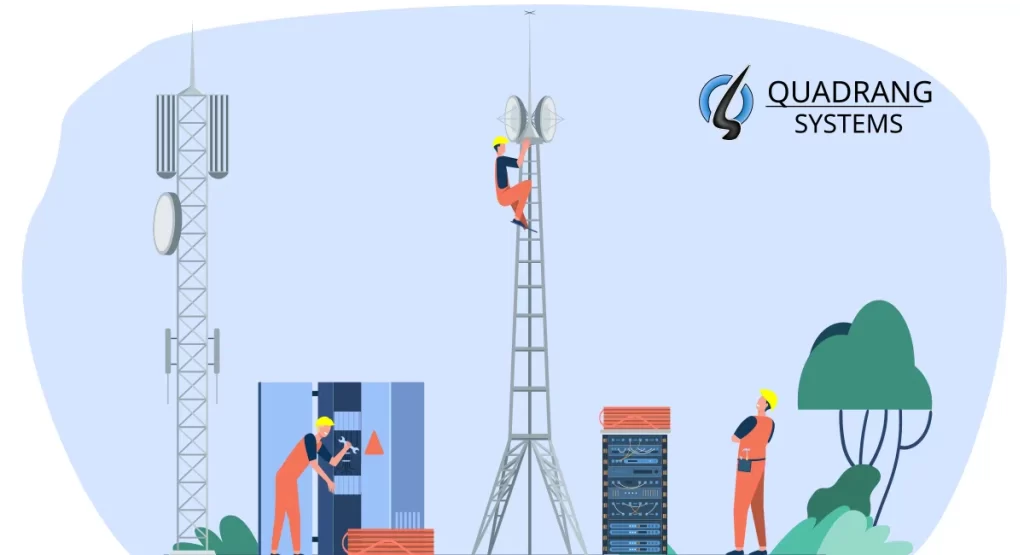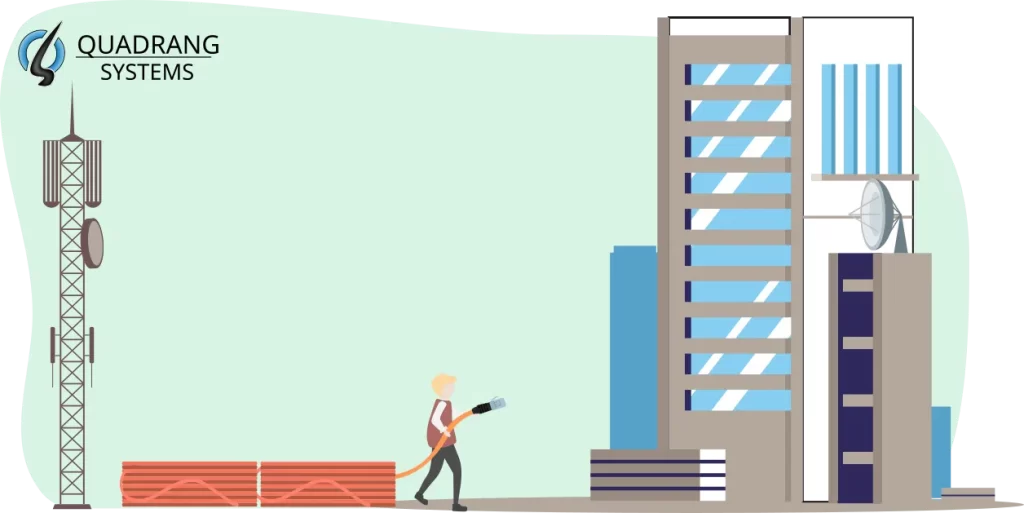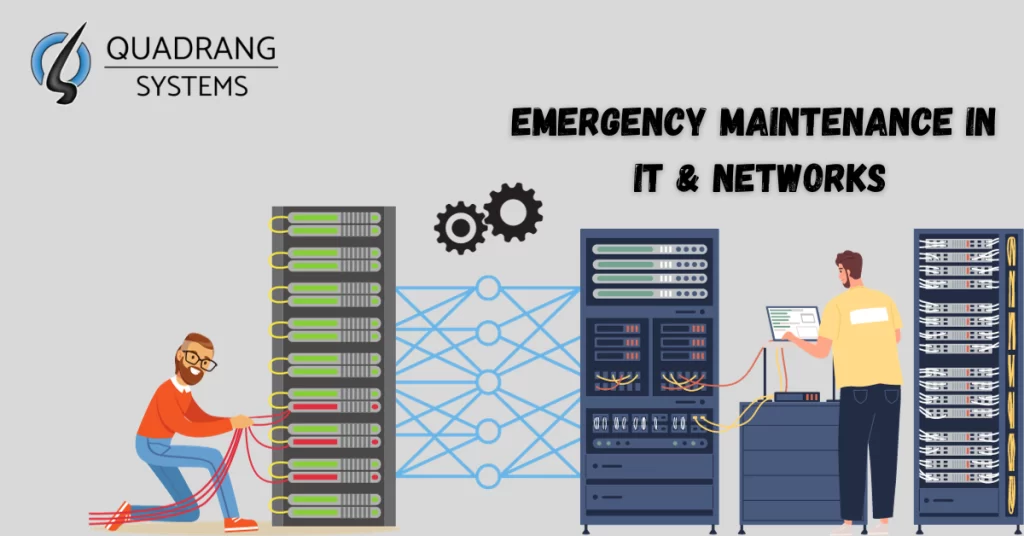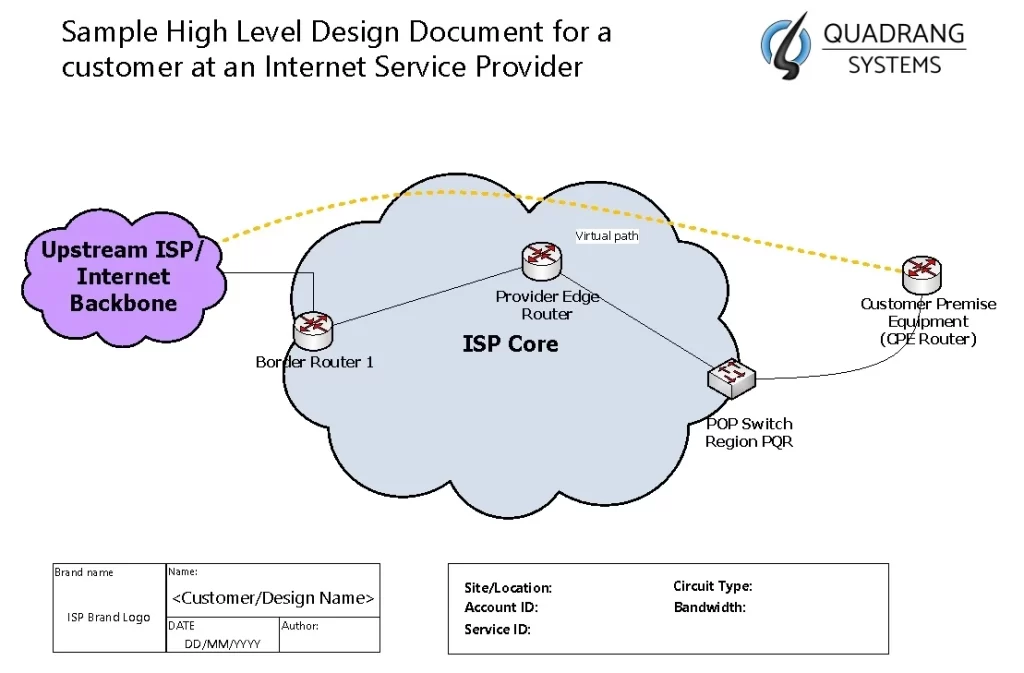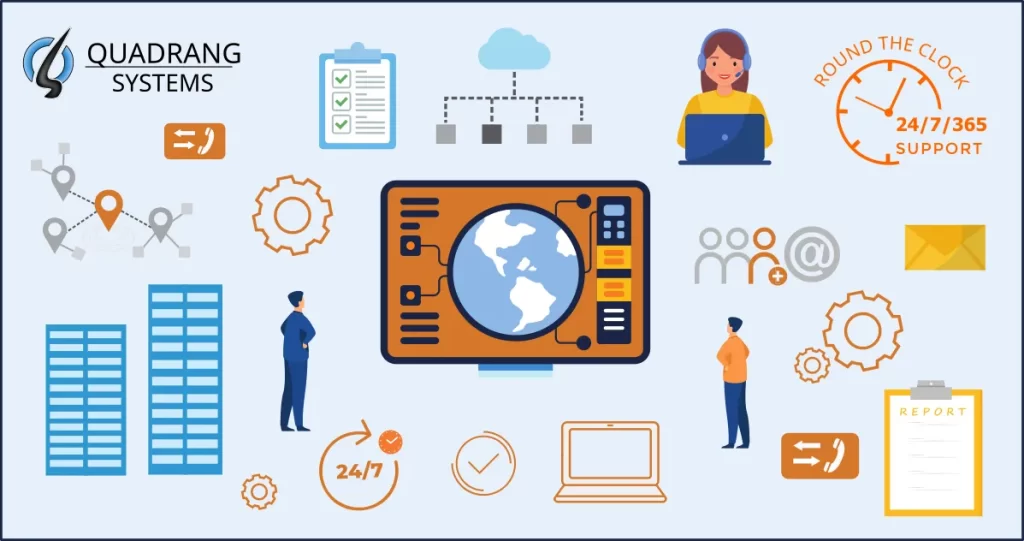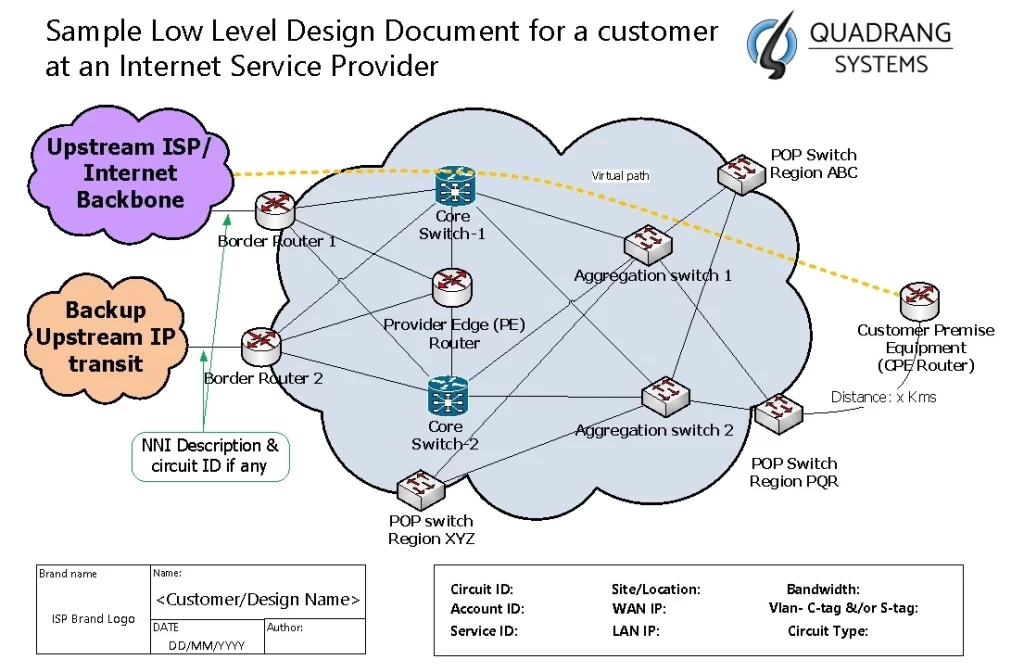Home vs Biz internet: Megabytes at Home, Terabytes at Work
This blog aims at Tier-3 level or regional ISPs and Telcos who have both residential and business customers in their service list
Introduction
High-speed internet access is essential for how we live and work today. But building the infrastructure to enable those fast speeds is expensive. Phone and cable companies (telecoms) are focused more on installing faster internet connections everywhere there are users. Residential internet is and used to be a cash cow for some ISPs, but loss making for some. As cable TV declines, consumer internet makes up a huge part of profits. Average households now use over 200 GB of data per month per household with high resolution smart TVs, mobile devices, tablets and plethora of smart devices! With video streaming and working from home, home internet capacity needs to keep up. So cable companies have focused most upgrades like fiber optics to improve their home offerings. Meanwhile, business internet is complex. Services like dedicated connections and Service Level Agreements that guarantee speeds and uptime are complicated and expensive to deliver and maintain. Margins tend to be lower on some business connections where one or more 3rd party vendors are involved. This has led telecoms to focus less on enterprise offerings, but this may be changing due to the rise of cloud based and SAAS applications
For consumers, WiFi quality varies widely by neighborhood. Historically, telecoms resisted expensive fiber network upgrades. They extracted profits from existing infrastructure as long as possible. But bandwidth needs outgrew those aging networks. Once streaming took off, home connections strained under demand for faster speeds and much higher data requirements per month. For businesses, old managed networks still provided the dedicated connectivity enterprises relied on. And fiber builds seemed less urgent for technology needs at the time. Upgrades took a backseat to chasing home subscriber revenue.
Insufficient and outdated business connectivity harms productivity as companies digitize operations. Video calls, cloud software, IoT – nearly everything depends on reliable, high-capacity infrastructure. Yet 1 in 4 Americans lack what the FCC considers basic acceptable internet speeds. The business connectivity gap is even worse. Revenue growth demands better monetization of fiber network investments for an increasingly digital economy. In the US, federal programs like the $65 billion Infrastructure Bill earmarked for broadband can supercharge network upgrades. With up to 80% costs funded, expanded enterprise fiber connectivity becomes far more feasible. While fast home internet remains important for bandwidth-hungry applications coming down the road, the priority should be comprehensive infrastructure for the future of communications.
Business fiber unlocks the next generation of revenue-driving services. Telecoms need versatility over squeezing legacy services. Because robust infrastructure itself powers growth opportunities to come. Closing the fiber access gap paves the way for ongoing innovation – smart cities, VR collaboration, autonomous transportation. Prioritizing networks poised for the future over outdated short-term profits is key to riding the connectivity wave ahead.
More Lucrative Margins
Business internet connections come with significantly higher price points compared to residential packages. For equivalent speeds delivered over scalable fiber infrastructure, providers can charge business customers an order of magnitude more. It comes down to dedicated bandwidth guarantees and service level agreements (SLAs). Enterprises are willing to pay a premium when uptime, low latency, rapid support etc directly impacts operations. Margins on business plans easily eclipse comparably-priced consumer packages.
Customization and Add-Ons
DIA allows extensive opportunity for customization to meet clients’ specialized connectivity needs. Everything from symmetrical speeds to IPv6 migration to hybrid WAN connectivity provides add-on revenue. Value add bundles integrating SD-WAN, security, cloud access and managed network administration offer further monetization atop standard DIA access charges. Also selling VoIP and Phone services is a big add-on for business customers. Few such upsell opportunities exist on the residential side beyond extra device licenses.
Stickiness of Client Base
Residential subscribers exhibit far higher churn as they jump between promotional rates and ISPs. But switching enterprise-scale connectivity is much more resource and bandwidth-intensive task, leading to lengthier contracts and client retention. Businesses also rely profoundly on consistent, reliable connectivity for mission-critical operations. This makes them less likely to change providers without sufficient reason once the install hurdle is cleared. Contracts also sidestep short term subscriber losses.
Here’s a comparison of key differences between residential and business internet:
Speed range
- Residential – Typically lower speeds, though gigabit fiber connections becoming more common. Ranges from 50 Mbps to 1 Gbps.
- Business – Wide range of dedicated, symmetrical speeds from 10 Mbps up to 10 Gbps based on needs and budget.
Whether Symmetric Up/Down speeds?
- Residential – Tend to be asymmetric with slower uploads vs. faster downloads. PON/GPON/xGPON is sometimes symmetrical, but not always
- Business – Symmetric speeds often required for cloud backups, video calls etc. Most business fiber connections are almost always symmetric.
Reliability and SLAs
- Residential – Best effort connectivity. No reliability guarantees provided.
- Business – High SLAs for high reliability with priority support covering outages, quite reliable
Support
- Residential – Best effort helpdesk, hardly any out of hours or night support
- Business – 24/7 rapid response support, network monitoring and managed services.
- Corporate/Enterprise – Another flavour of business support with high SLA and 99.99999 uptime guarantees or money back for the duration of downtime
Physical Media
- Residential – Mix of coaxial cable, copper, fiber/FTTH. Upgrades can take years or decades
- Business – Synchronous Fiber optic preferred for speed/reliability demands.
Security
- Residential – Mostly provided without security, customer has to use their own tech to secure.
- Business – End-to-end solutions like MPLS, SD-WAN with integrated security, CPE with encryption, IPsec are mostly offered or easily available
Pricing
- Residential – ~$30-150/month standard. Lower margins.
- Business – $100s+/month for dedicated connections. Higher margins.
Servicing/Repair cost
- Residential – When chronic problems occur, the repairs increase and the servicing costs escalate to a point that overrides the revenue earned from these residential connection services.
- Business – Occasional servicing and repair costs are justified by the revenue they bring in
Social Image
- Residential – Accounts for very high social image, as customers tend to put negative reviews on social media when they face internet issues
- Business – Since business SLA is better and there are fewer business customers compared to residential ones, the negative reviews from business customers is lower and they tend to complain, escalate and resolve the issue rather than put reviews.
In Summary…
In summary, business DIA makes extensive customization possible to cater to clients’ specific needs. Businesses pay a premium for connectivity they can count on. And enterprises show greater willingness to pay premiums for uncompromised connectivity vital to productivity. As such, providers stand gain way more offering tailored telecom solutions to the enterprise segment. The key driver of differences boils down to consumer grade, best effort service vs enterprise-grade solutions with stringent SLAs guaranteeing reliability, performance and support.


